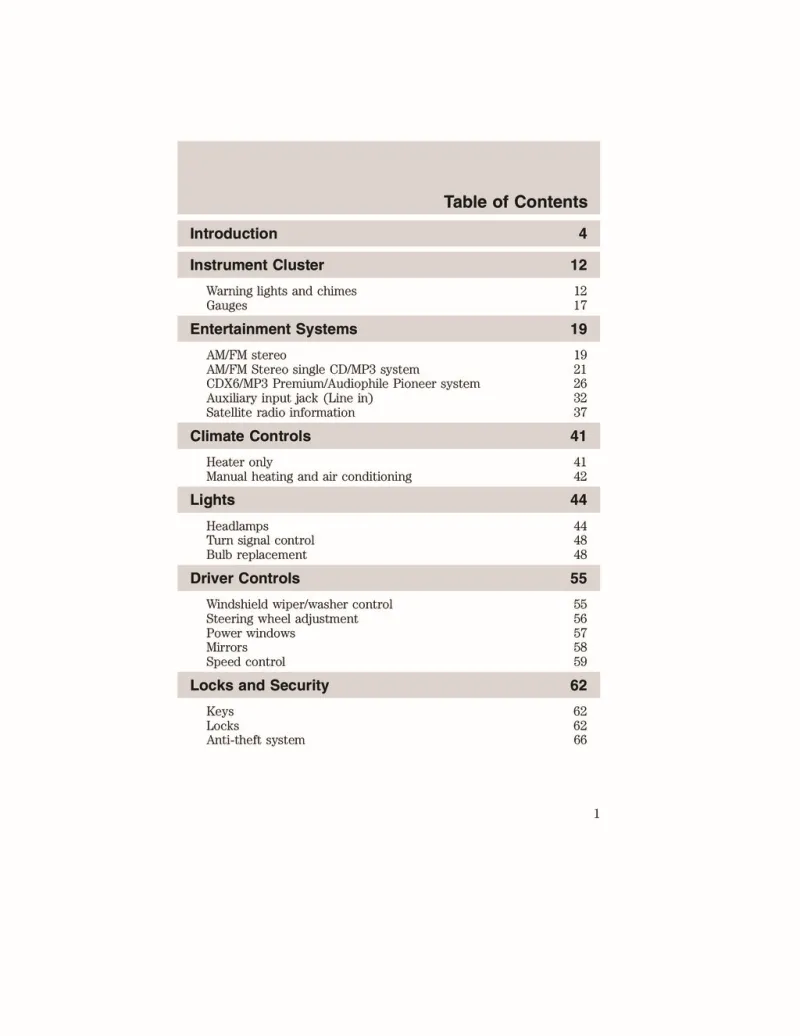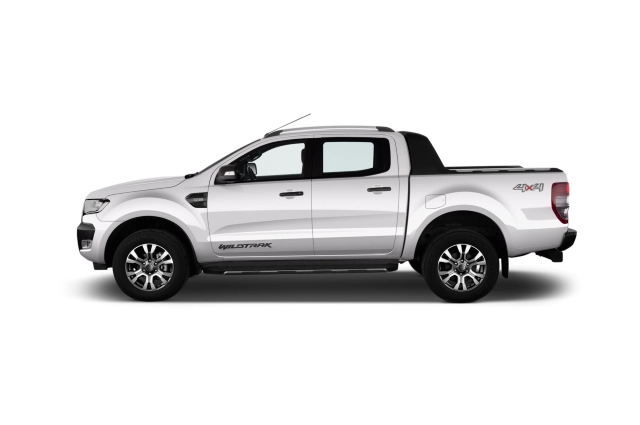2010 Ford Ranger Owner's Manual

Table of Contents
2010 Ford Ranger Overview
Introduction
The 2010 Ford Ranger stands as a versatile and tough compact pickup truck that perfectly blends rugged capability with everyday practicality. Engineered for drivers who need a reliable vehicle, the Ranger is equipped to handle both demanding terrains and city streets with ease. With its compact size and efficient performance, this model is ideal for work or leisure, making it a popular choice among truck enthusiasts and urban dwellers alike.
Powertrains
The 2010 Ranger comes with two impressive powertrains to cater to varied driving needs. The standard option features a 2.3-liter four-cylinder engine that produces 143 horsepower, offering a balanced blend of efficiency and adequate power for daily tasks. For those seeking a bit more muscle, the available 4.0-liter V6 engine generates a spirited 207 horsepower, making it ideal for towing and off-road adventures. Both engines are paired with a five-speed manual transmission, with an automatic option for ease of driving.
Trims
This model is offered in three well-equipped trims: the XL, XLT, and Sport. The XL serves as the base model, providing a no-frills approach with essential features. The XLT enhances the experience with upgraded audio systems, stylish interior finishes, and more comfort-oriented amenities. Meanwhile, the Sport trim adds sporty exterior features and options for additional technology, appealing to those who desire a bit more flair in their truck.
Features
The 2010 Ford Ranger boasts several features that prioritize convenience and safety. Standard features include air conditioning, a CD player, and an optional auxiliary audio jack for your entertainment needs. Higher trims also offer features such as power windows and locks, cruise control, and enhanced audio systems. Safety features include optional front side airbags and antilock brakes, contributing to a reliable and secure driving experience.
Owner's Manual
The owner's manual for the 2010 Ford Ranger serves as an essential guide, providing comprehensive information on maintenance schedules, operational tips, and safety guidelines. It ensures that owners can maximize their Ranger's performance while maintaining its longevity. With easy-to-navigate sections, the manual helps drivers understand their truck's features and specifications, fostering a more informed ownership experience.
User manual download
The Ford Ranger owner manual for the 2010 model year is to be found in PDF downloadable format on this page. The owner manual for the model year 2010 is free and in English, but the repair manuals are usually not easy to get and may cost more.
Manual Questions
Fill the form below and someone will help you!

